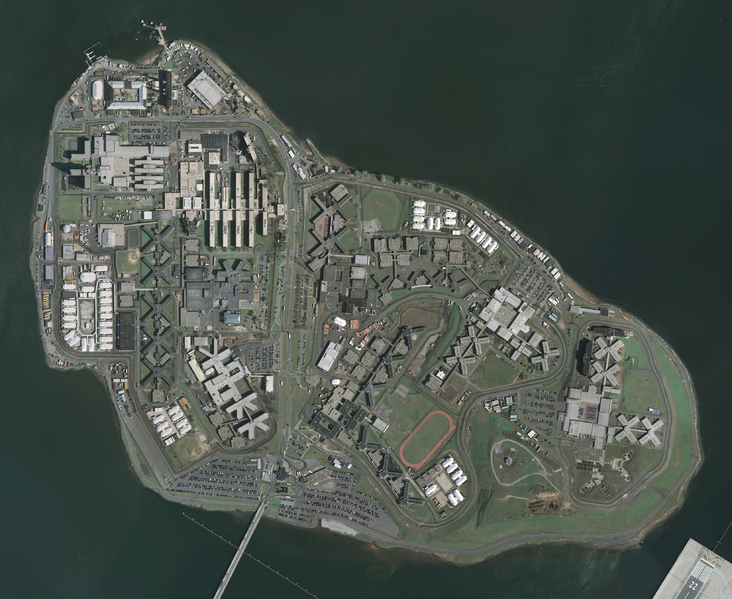by: Adam Roberts
The future of New York City’s correctional system, in particular Rikers Island, has been among the most pressing political issues in New York City over the past few years. For those in the design community, the question of what our correctional system will look like has been paramount. Many critics of Rikers attribute its faults to its design.
In last year’s report by the Independent Commission on New York City Criminal Justice and Incarceration Reform, more commonly known as the Lippman Report, significant attention was paid to issues of design. The report calls for the closure of Rikers, citing design issues among its biggest faults:
- Inaccessible to mass transit
- Long, thin hallways conducive to violence
- Higher cost of construction on Rikers compared to the rest of the city
- Distance from courthouses
- Lack of rehabilitative and safe spaces
The Lippman Report goes beyond critiquing Rikers, as it calls for newly designed prisons in each borough to follow a “Borough-Based Model” and showcase “Twenty-First Century Design.” These proposed design programs for future jails include:
- Locations near courthouses and away from residential communities
- Capacity for the actual number of prisoners (expected to be 5,500)
- Community and retail space accessible to the public
- Single cells arranged around living areas
- Reduced physical barriers between inmates and staff
- Space for medical care, education, and programming
Since the release of the report, Mayor de Blasio has called for the prison to be closed within 10 years, while Governor Cuomo has discussed closing in three years. Currently, a report is being undertaken by Perkins Eastman to study the feasibility of closing Rikers and moving its prisoners into expanded existing borough correctional facilities in Manhattan, Brooklyn, and Queens. The Bronx is expected to have an entirely new jail built in Mott Haven, as its current correctional facility is located on a barge. Meanwhile, no facility will be built or expanded on Staten Island.
AIANY is working to ensure that the process of building these new and expanded borough correctional facilities is fair and open. That is why AIANY was proud to partner with the NYC Department of Design and Construction (DDC) to promote its RFPs for projects costing over $50 million, which include the borough correctional facilities. AIANY is also partnering with Manhattan Borough President Gale Brewer and other stakeholders to create a concept of what a community friendly expanded Manhattan Borough correctional facility will look like.
AIANY is strongly committed to ensuring that whatever jails are built in the future are designed according to the most humane principles. As the Lippman Report indicates, jails should be designed to for many different groups: prisoners, guards, visiting families, and nearby communities.
Pulse Points:
- Interviews are currently being held for Manhattan community boards, with decisions expected to be released in April or May. While applications for 2018 appointments have closed, if you are interested in applying for 2019, please be sure to reach out to Adam Roberts, AIANY Government Affairs Coordinator, at 212-358-6116 or aroberts@aiany.org. AIANY will begin its community board recruitment for 2019 in fall 2018, but we are always accepting names of potential applicants.
- AIANYS Architects in Albany Advocacy Day is coming up on May 1st, 2018 in Albany. Architects from around New York State will be descending on the State Capitol to advocate for issues affecting our profession. If you are interested in participating in this year’s event, or would like more information, please contact the AIANYS Director of Government Affairs, Michael Burridge at (518) 449-3334 or mburridge@aianys.org.
- The annual AIA Grassroots Conference was held in San Diego earlier this month. Architects from around the country came together to discuss political issues affecting architects and how best to advocate for them. AIANY member Ilya Azaroff led a seminar on AIANY’s response to Hurricane Sandy, while AIANY member Eric Goshow led one on keeping policy positions consistent through board changes.








